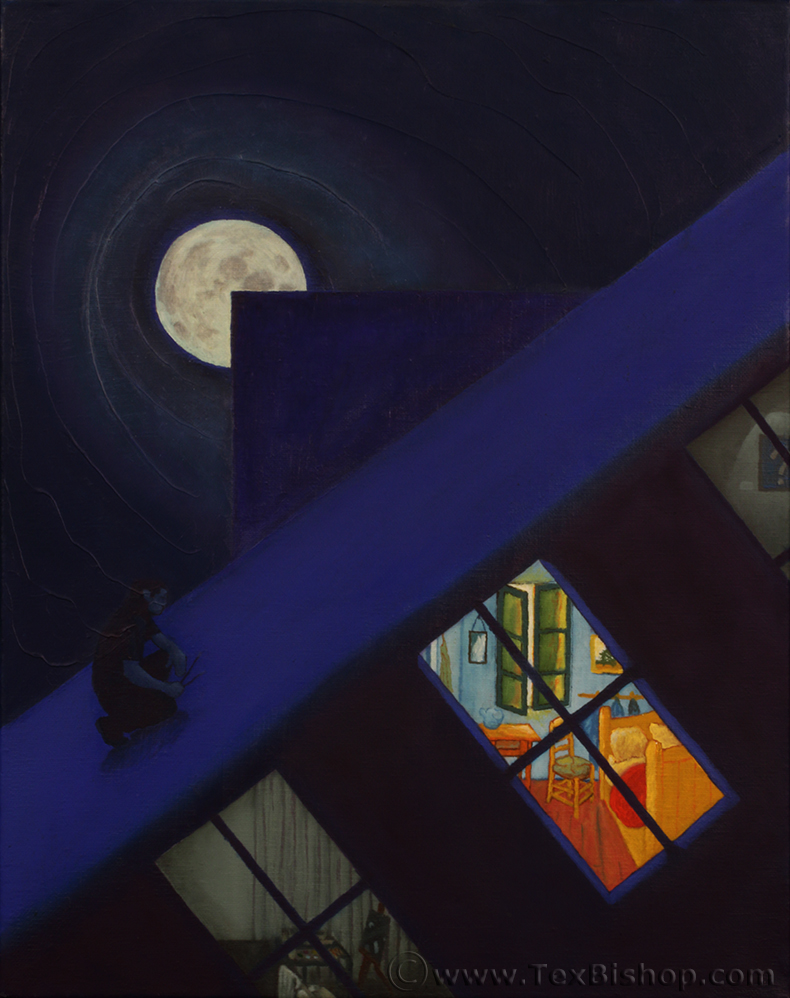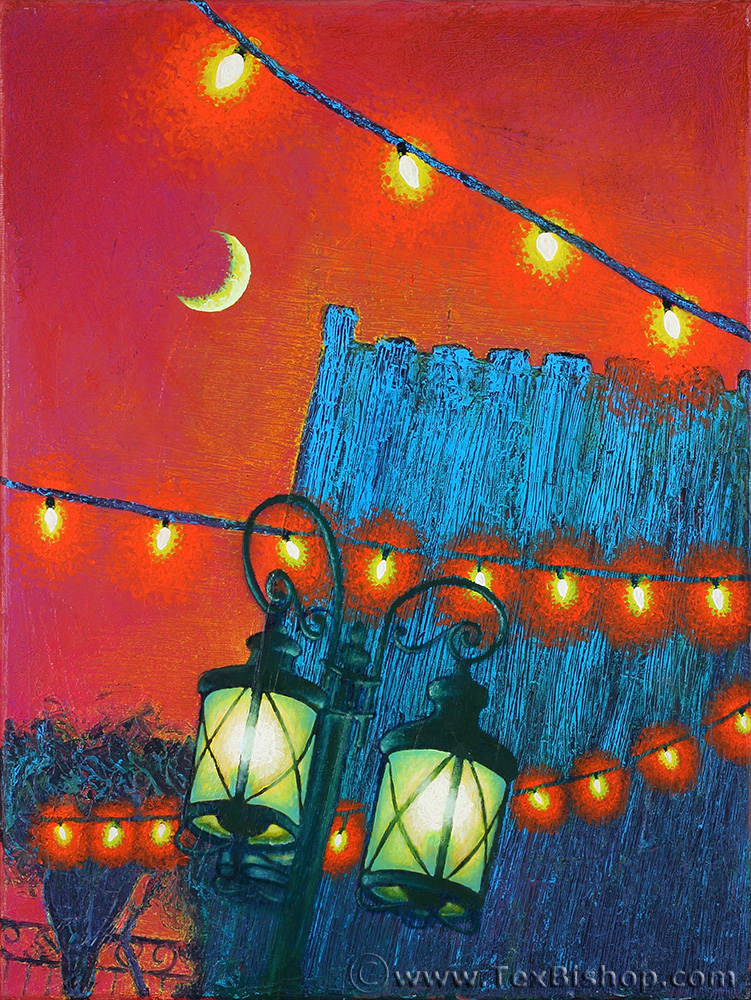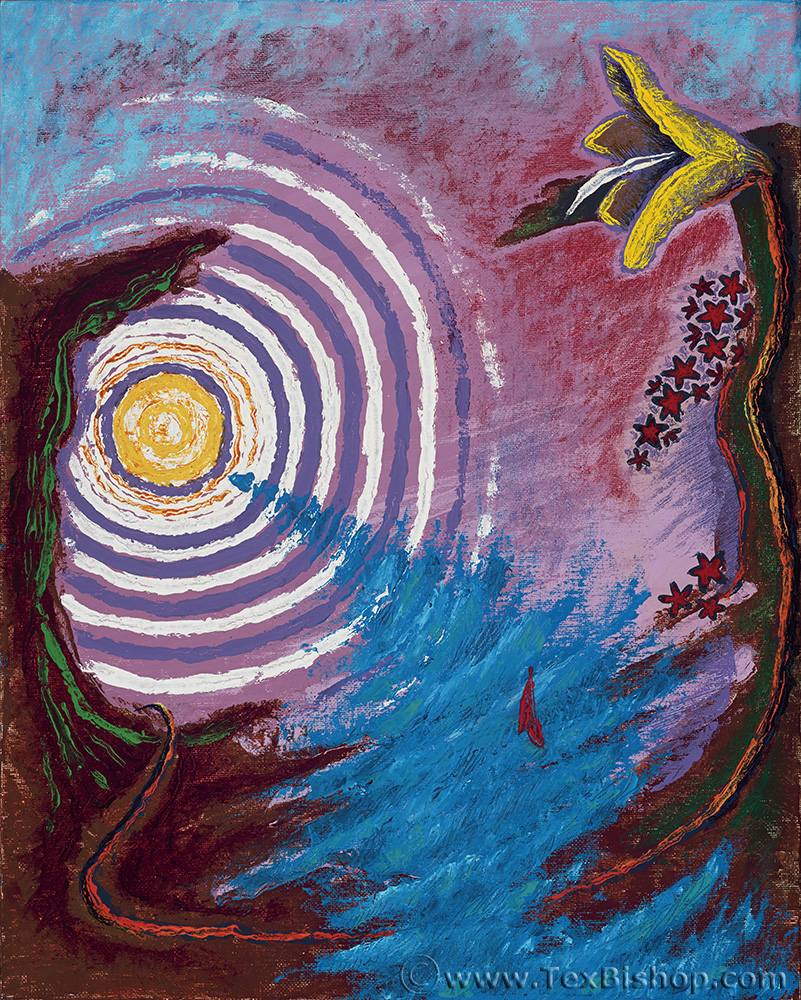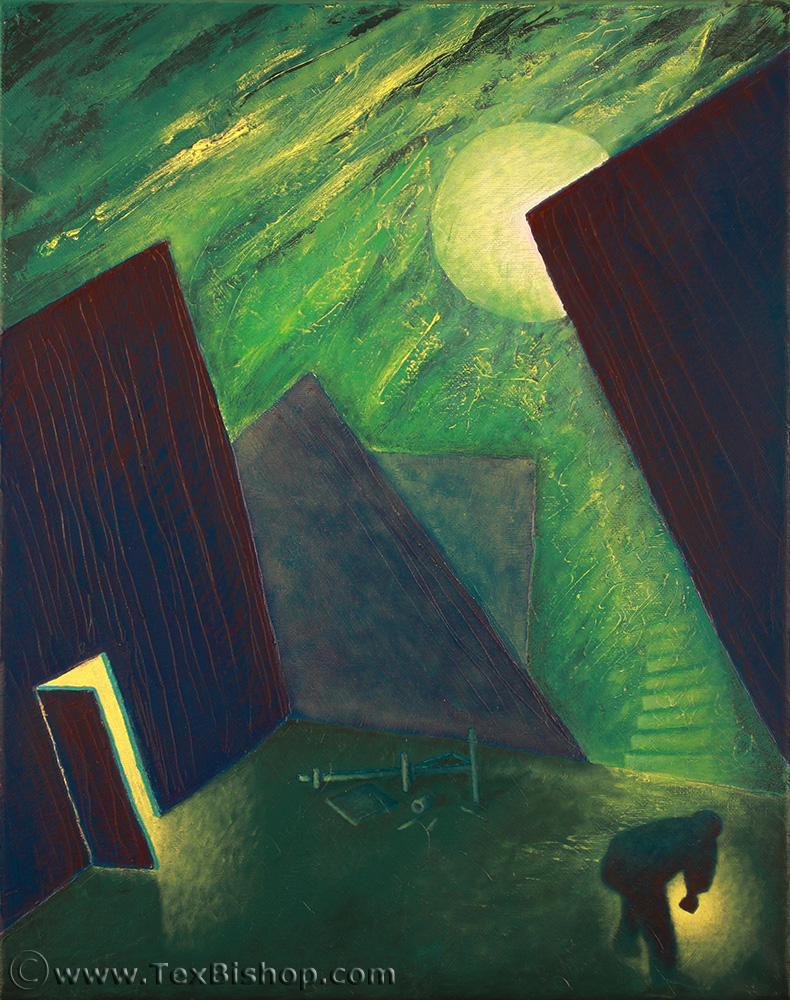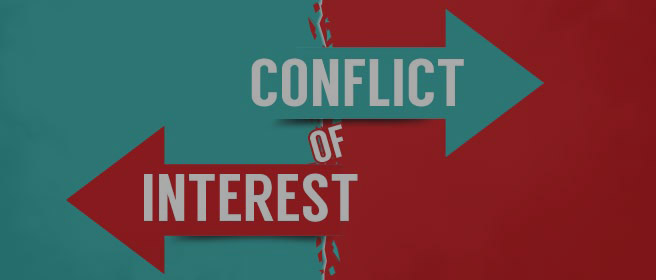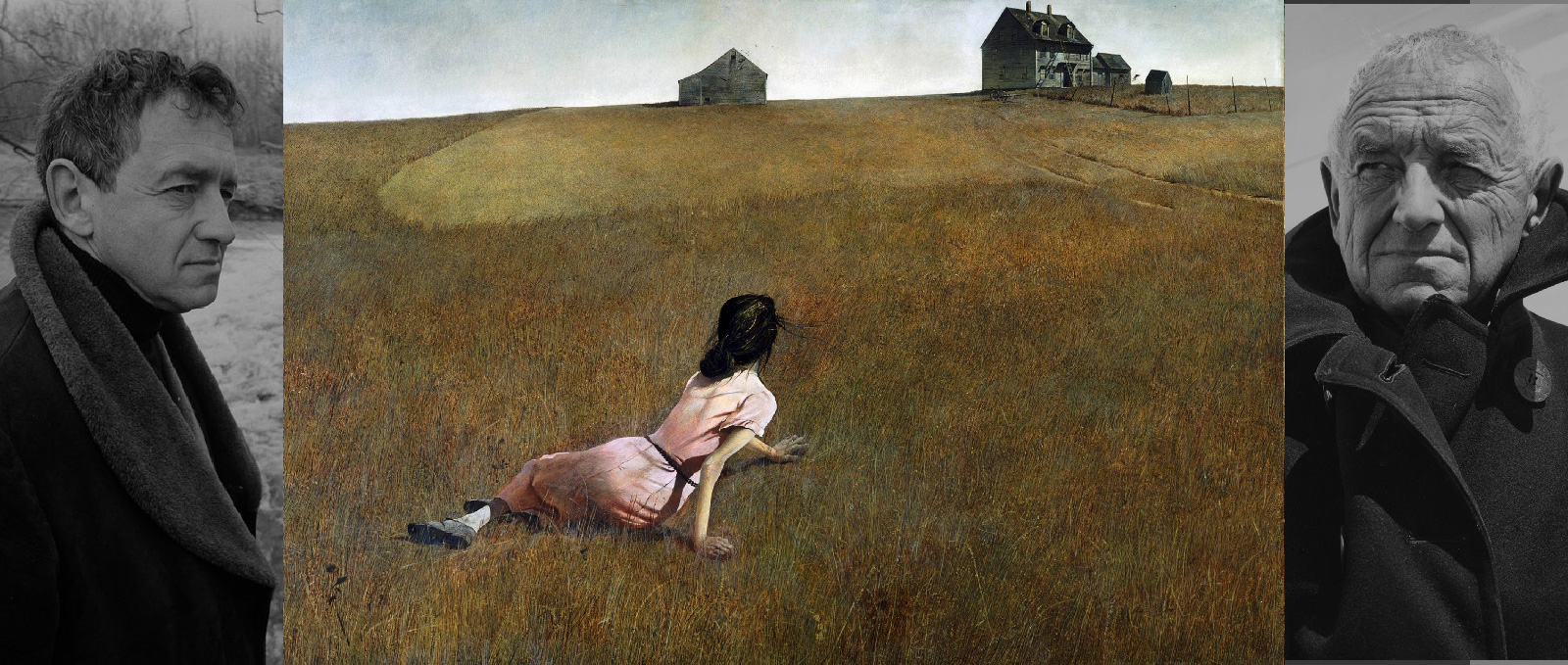Mundane Material Matters pt.2

Surface materials.
I've discussed this topic once before already. I don't think it's the most interesting topic, but that last post had the most replies out of all the ones I've done so far, so what do I know, lol.
After perusing the options available at Lowes, I found that I only have two options available that I consider worthwhile. I could explore other lumber stores in the area, but it's unlikely I'd find any other options, so it isn't something I was to spend energy on at the moment. I'll explore these options first.
The first option, is cradled hardboard. Hardboard is thin, 3/16". I would need to build a frame to attach it to, to keep it from warping, basically the same thing you'd build to stretch canvas over. The advantage to this option is the gallery look the cradling offers. It wouldn't need to be framed. The hardboard is cheap, but the wood for cradling isn't. I'd be looking at around $9 per prepared surface in cost.
The second option, is to buy a thick board of a fine grain wood, and paint on that. Based on available options, I can either buy a 4' x 8' piece of maple, or a 2' x 4' piece of birch. These would have a different atmosphere to them than the cradled hardboard. They'd have more weight, both literally and metaphorically. The cost here is around $7 per prepared surface.
I did look into the outdoor rated MDF board I spoke about last time, but they don't carry it. And, after looking into it more, it's outside my price range. I'd be looking at close to $100 per 4' x 8' sheet.
Naturally, I went with the cheapest option, which is the 2' x 4' piece of birch. it's big enough to create three surfaces to test out. I opted to have them cut the board for me, as I don't own my own saw, and it seemed convenient. This was unfortunately a mistake. Their saw is large, and doesn't make a fine cut. It splintered the edge of the board on one side, which I had to file down and sand. If I like these surfaces and make more, I'll definitely be doing my own cutting in the future.
The reading I've done on preparing these boards has told me I need to seal them. Either Killz sealant or GAC100 are the sealants I've seen recommended multiple times. I'm unfamiliar with both, but I picked up some Killz to use. I doubt this choice is really that important. I imagine any sealant would work, as long as it doesn't create a surface the gesso will have trouble adhering to. The Killz I picked up is unfortunately white, not clear. I wanted clear, so that the wood grain would show through on the sides and back. I think it looks nicer. So for now, I used a different clear sealant that I had a bit left of on the back, and used the Killz on the front side, where the gesso goes.
For anyone who doesn't know what gesso is, it's the base coat material put down to use as the painting surface. Traditionally, it was made of rabbit skin glue. Very stinky, and becomes brittle over time, which causes cracks. Nowadays, we have more elastic materials to use. I currently have a gallon of acrylic gesso, and am using that. When I finish that off, I may try my hand at homemade gesso. It would be cheaper. A typical recipe only requires some pva glue, some plaster, and water.
Most painters typically do between three and five layers of gesso, sanding between each layer, to desired smoothness. The gesso acts not only as a surface, but also as a barrier to the oils from the paint. It keeps the oil from seeping into the material of the surface. It can rot away canvas, and likely would cause rot or swelling if it got into wood. I think 5 coats is excessive. I'll probably do two or three myself.
One thing about the gesso I need to look into more, involves board warping. one of the problems with painting on board, is that it can warp, i.e. start to curl. You want it to stay flat. A common practice is to attach the board to a frame to hold it rigid. Another is to gesso both sides of the board, which prevents it from warping. One thing I'm unclear on, is if I need to do that for a board as thick as the one I bought.
I guess that's about it on this for now. All that's left is to create some paintings, and see how the finished product turns out. Once I'm done with these, I might try some of the other options. Surely you've given up on reading this by now, out of sheer boredom, right? lol





